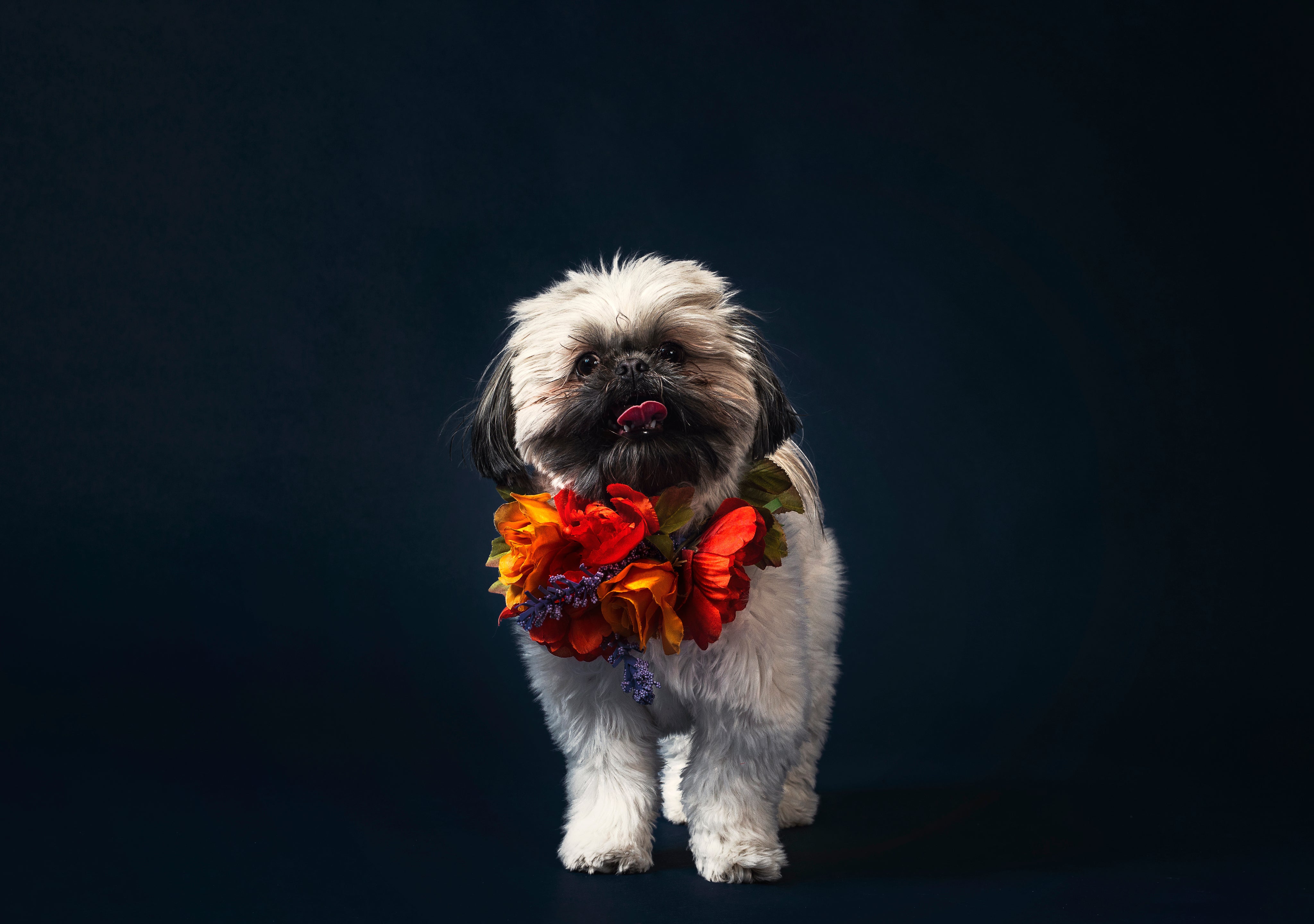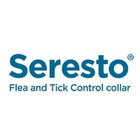
Feeding your cat the proper amount of wet food is essential for maintaining their energy levels, health, and happiness. Whether you're a new cat parent or looking to fine-tune your feline’s diet, understanding the right portion size is key. This guide will help you determine how much wet food your cat needs daily and offer tips for keeping mealtime balanced and stress-free.
Why Wet Food?
Veterinarians commonly suggest feeding wet food due to its high moisture content, which supports hydration—particularly beneficial for cats who tend to drink little water on their own. It’s also easier to chew, making it a great option for kittens, seniors, or cats with dental issues. Plus, the rich aroma and flavor can entice even picky eaters.
Factors That Affect How Much Wet Food to Feed
There isn’t a one-size-fits-all answer. The ideal amount of wet food depends on several factors:
- Age – Kittens need more calories for growth, while adult cats need enough to maintain a healthy weight.
- Weight – The heavier your cat, the more calories they’ll need to maintain or lose weight.
- Activity Level – Active cats may require more food than sedentary indoor cats.
- Health Conditions – Cats with medical issues like diabetes or kidney disease may need special diets or feeding schedules.
- Type of Food – Wet food can vary in caloric content. Always check the label for guidance.
General Feeding Guidelines
Generally, an average adult cat (8–10 lbs) needs about 200–250 calories daily. Most 3-ounce (85g) cans of wet cat food contain between 70 -100 calories, so you might need to feed your cat two to three cans per day, split across two meals.
However, this is just a starting point. Always read the label of your specific brand and consult your vet for a more tailored plan.
How to Read Cat Food Labels
Labels typically tell you how many calories are in each serving and may include a feeding guide based on your cat’s weight. For example, it might say:
- "Feed one 3-oz can per 3 to 3.5 lbs of body weight daily."
So, for a 9-pound cat, that would equal about 2.5 to 3 cans daily.
Wet Food Only vs. Wet and Dry Mix
Some cat parents feed a mix of wet and dry food. In this case, adjust the portions accordingly. For example:
- Feed half the daily calories via wet food (1.5 cans)
- Provide the rest through measured dry food
Do not exceed your cat’s daily calorie needs, and ensure both types of food meet its nutritional requirements.
Tips for Feeding Wet Food the Right Way
Stick to a Schedule
Feed your cat at the exact times each day, usually morning and evening. This helps regulate appetite and digestion.
Use a Clean Dish
Always serve wet food in a clean bowl and refrigerate unused portions.
Monitor Their Weight
Weigh your cat regularly and adjust portions if they’re gaining or losing weight.
Don’t Free-Feed Wet Food
Wet food should not be left out for 30–60 minutes, as it can spoil quickly.
Consult Your Vet
Always check with a vet if you’re unsure how much to feed your cat or if it has special dietary needs.
Common Questions Answered
Can I feed wet food only?
Yes, many cats thrive on a 100% wet food diet. Just ensure it's labeled "complete and balanced."
Is wet food more expensive?
It can be, but it also offers hydration benefits and is often more palatable for cats.
How do I transition to wet food?
Do it gradually over 7–10 days. Begin by adding a small amount of wet food to your cat’s dry food, then gradually increase the wet food each day until the transition is complete.
Final Thoughts
Feeding the right amount of wet food helps your cat maintain an energy level and a healthy weight. While the general recommendation is 2–3 cans daily for an average cat, every cat is unique. Please pay attention to their weight, activity level, and health conditions, and always refer to product labels or seek veterinary advice when in doubt.
Understanding your cat’s needs and offering a high-quality wet food diet gives them the best chance at a long, healthy life.






